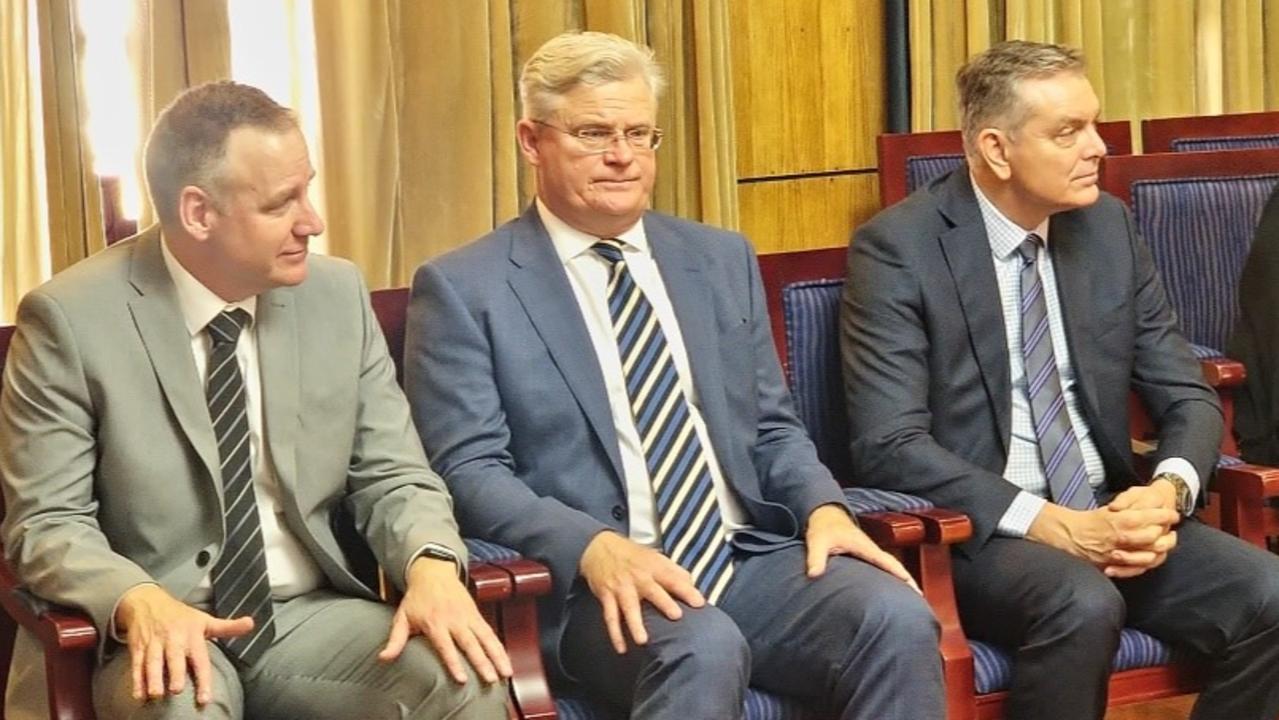Crackdown after it’s revealed gunman ‘bought weapons at chain store’
Chilling detail has emerged around how the New Zealand mass shooter bought his firearms, and mystery surrounds his most dangerous weapon.

The alleged New Zealand mass shooter stockpiled a deadly arsenal through legal online orders from a local chain store, but mystery still surrounds his most dangerous weapon.
Brenton Tarrant bought four firearms and ammunition in separate “police-verified online mail” orders from Christchurch store Gun City before the attack that left 50 dead at two city mosques.
Store owner David Tipple confirmed the purchases in a press conference but said the accused killer had not bought the military-style semiautomatic weapon from one of his stores. He said the gun used in the killings was fitted with a magazine that would not have been sold with it.
Five firearms were used in the shooting — two semiautomatic rifles, a lever-action firearm and two shotguns. Tarrant, an Australian citizen who lived in Dunedin, was granted a “category A” gun licence in November 2017 and began legally buying firearms the following month.
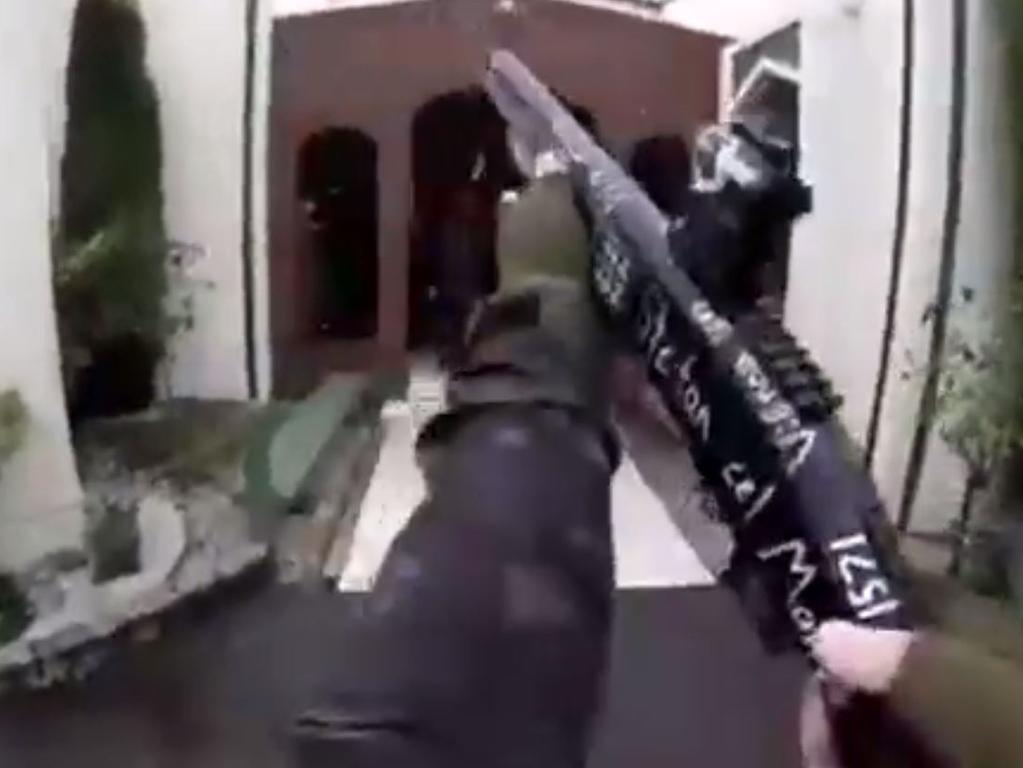
Prime Minister Jacinda Ardern announced in a Monday afternoon press conference that New Zealand will introduce sweeping gun law reform within ten days of the sickening attack. She said her cabinet was “completely unified” in changing the legislation after “the worst act of terrorism on our shores” exposed weaknesses in the country’s gun laws.
Mr Tipple said he was “devastated” by the tragedy, but insisted a debate on gun laws should take place at another time. “This man wrote in his manifesto that the purpose of using a firearm was to divide us,” Mr Tipple said. “If we allow him to make changes in our ideology, in our behaviour, he’s won.”
Mr Tipple also denied reports New Zealanders were “panic buying” guns.
Ms Ardern said she “applauds” the gun owners who had been handing in their weapons and encouraged others to do the same.
She announced her cabinet’s “in principle decision” 72 hours after Friday’s mass shooting left 50 dead and 36 in hospital, adding that the details would need to be finalised.
Ms Ardern said there would also be an inquiry into the events leading up to the attack. It took Australia 12 days to agree upon gun reform after the Port Arthur massacre in 1996.
Asked whether the violence showed Christchurch had a problem with racism, she replied: “The primary suspect here, the person who was arrested was not a citizen of New Zealand.”
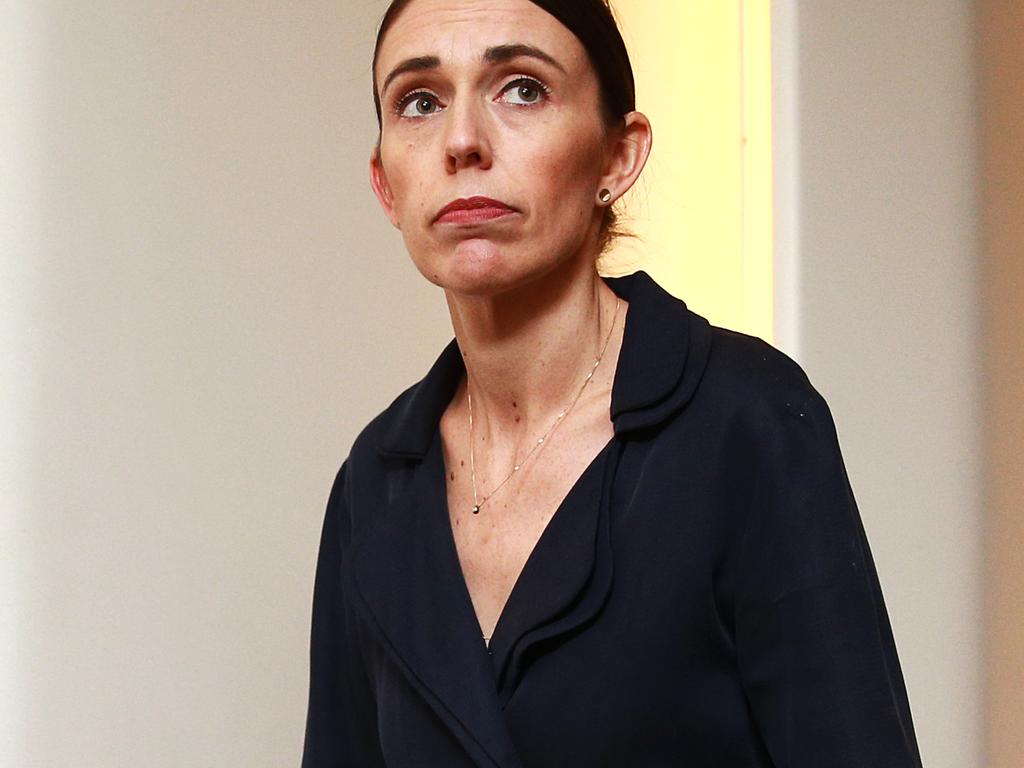
Ms Ardern added: “That is not to say that there are not those who live in New Zealand who have values and ideas and use language that is counter to what the vast majority of New Zealanders believe. We cannot ignore that. If we are to ensure the safety of Muslims and others, the 200 ethnicities in New Zealand, we have to be alive to the fact there are those who do not share our values of openness.”
She said there would be a national commemoration service to acknowledge the tragedy of the attacks, after allowing time for victims to be returned to their loved ones.
The NZ prime minister also addressed the fact the gunman’s live video of the attack was shared 1.5 million times on Facebook, saying there was scope to “take a very direct approach to speech that incites violence or that incites hate”. She called on social media platforms to “demonstrate responsibility”.
Gun laws in New Zealand are far weaker than regulation in Australia and have been the subject of warnings from senior figures over the years.
Tarrant, 28, had not been on the radar for extremism of any intelligence agencies, even though he had published a manifesto online criticising immigration and outlining his plan to attack Muslims.
The accused mass murderer is believed to be planning to represent himself in court, raising the possibility of a grim spectacle as he expands on his disturbing views.
Police deputy commissioner Wally Haumaha told reporters at a Monday news conference that officers had been working through the night to get the bodies of the victims back to their families and to be ready for burial. He said two blessings had taken place at the mosques where the attacks occurred, and police hoped the mosques will be able to be reopen at the end of the week.
President of the Islamic Associations New Zealand Mustafa Farouk said the community was “mourning, we are saddened, we are shocked” over the tragedy in “one of the most beautiful, most peaceful countries in the world.”
Fifty worshippers aged between two and 60-plus have been confirmed dead. Tarrant appeared at Christchurch District Court on Saturday morning and is expected to be back in court on April 5.
‘THEY NEED TO CHANGE’
New Zealand’s Attorney-General, David Parker, on Saturday appeared to tell a cheering crowd at a vigil the government would ban semiautomatic weapons, but later told Radio NZ it was just one option on the table.
Ms Ardern said on Sunday that banning private ownership of semiautomatic rifles, which were used to devastating effect in Friday’s attack on two Christchurch mosques, was an option.
“We cannot be deterred from the work we need to do on our gun laws in New Zealand,” she told reporters. “They need to change.”
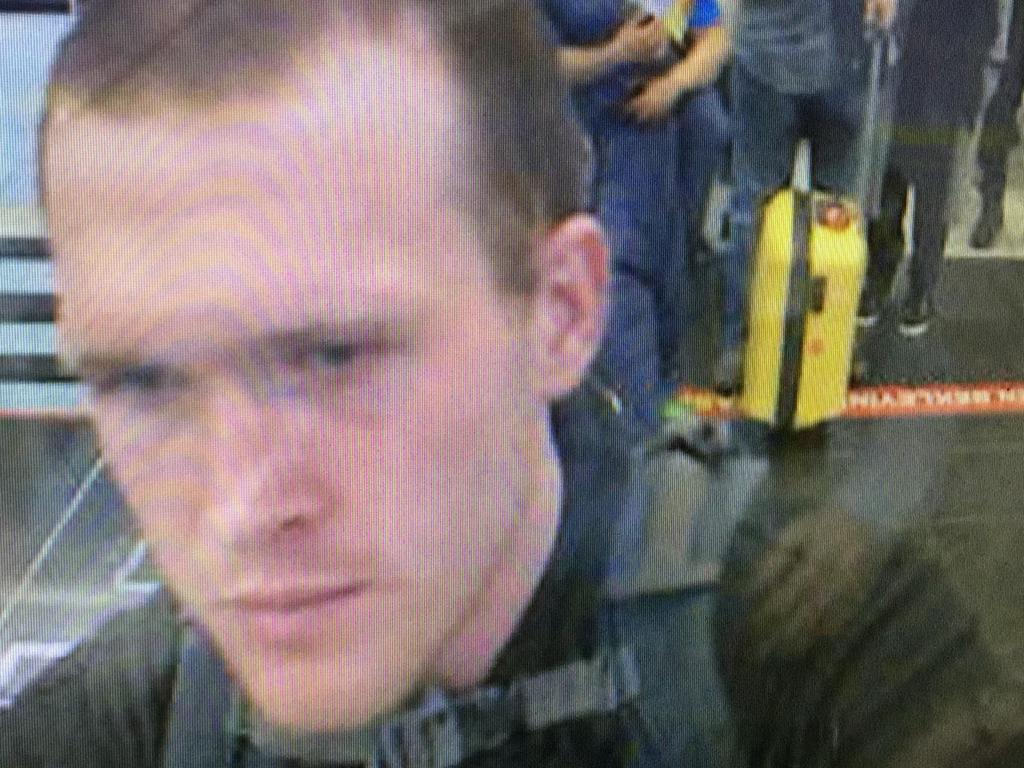
“The mere fact that this individual had acquired a gun licence and acquired weapons of that range, then obviously I think people will be seeking change, and I’m committing to that,” Ms Ardern told reporters in Wellington on Saturday.
“While work is being done as to the chain of events that led to both the holding of this gun licence, and the possession of these weapons, I can tell you one thing right now — our gun laws will change.
“There have been attempts to change our laws in 2005, 2012 and after an inquiry in 2017. Now is the time for change.”
Her words came as the organisers of New Zealand’s largest gun show cancelled the event planned for March 23 out of respect for victims of the shooting and because of “elevated security risks”.
Organisers said in a statement cancelled the Kumeu Militaria Show, near Auckland, that it exists to support servicemen and women and promote interest in New Zealand’s military history.
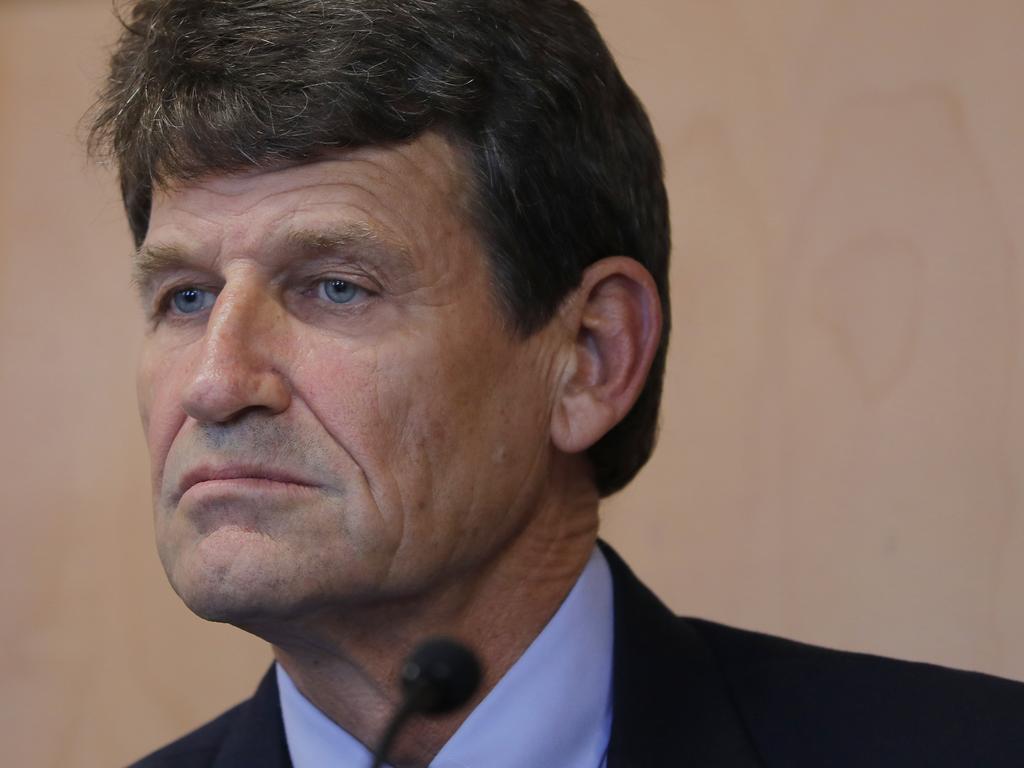
‘MOST PERMISSIVE GUN POLICIES IN THE REGION’
After watching the shooter’s live stream of the sickening massacre, a former armed offenders’ unit member told a New Zealand news outlet the weapons could be purchased with “a normal firearms licence”, despite being similar to what police and military use.
“He would have been shooting somewhere practising,” said the 16-year police veteran, who wished to remain unidentified. “It’s not the first time he’s ever fired those types of weapons. He’s fired them before.”
A spokesman for the Bruce Rifle Club, in South Otago, confirmed Tarrant was a club member and practised shooting at its range.
“We are all … a bit stunned and shocked,” the spokesman told The Otago Daily Times.
He added that Tarrant seemed “as normal as anyone else” and had “certainly” never mentioned anything about his beliefs about Muslims.
Deakin University counter-terrorism expert Greg Barton told ABC News that one of the weapons resembled an AR-15. “That’s the so-called civilian equivalent of the M-16,” he said. “It’s an assault rifle. We haven’t seen these assault weapons used in Australia and New Zealand.”
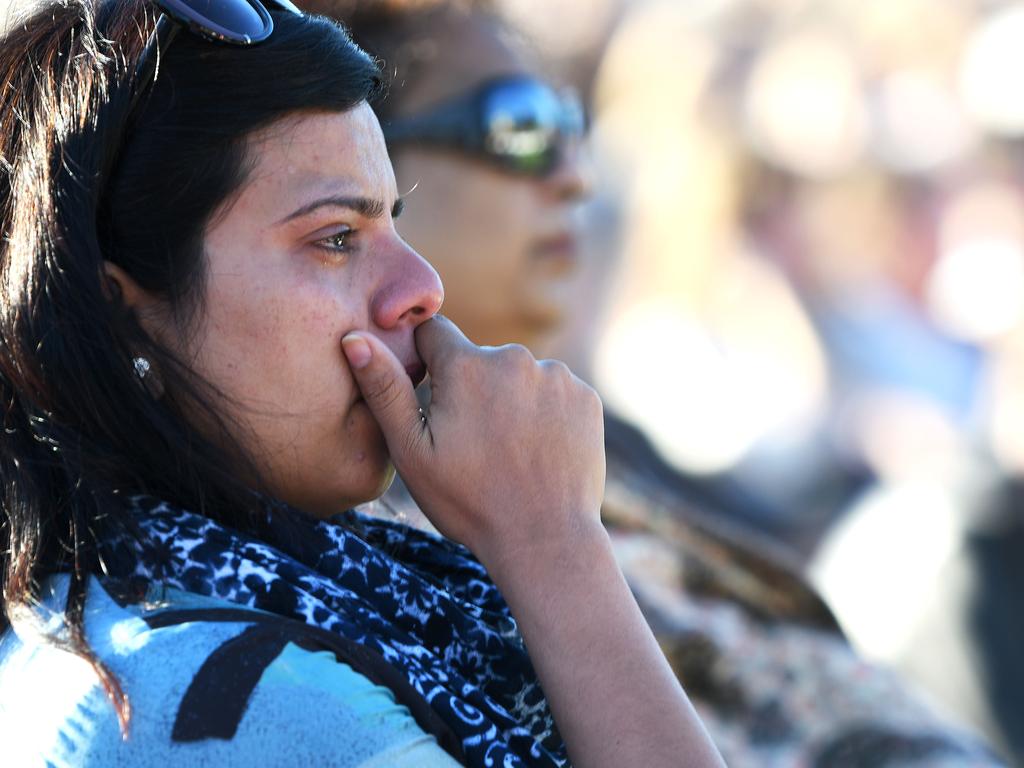
That assault rifle has been used in several massacres in the United States, including the Las Vegas shooting that killed 58 people in 2017.
New Zealand’s gun laws are stricter than those in the US, but weaker than most Western countries, resembling laws in Australia before former prime minister John Howard introduced reforms following the Port Arthur massacre in 1996.
Neither New Zealand or the US possess a national gun register and police do not know “how many legally or illegally owned firearms there are in New Zealand”, according to a statement given last year.
According to GunPolicy.org, Australia has some of the “tightest gun control policies in the Pacific” and worldwide, while “New Zealand is at the opposite end of the spectrum with some of the most permissive gun policies in the region.”
Police estimated there were roughly 1.2 million legal firearms in New Zealand in 2014 — around one for every four members of the public, and twice the per capita number of guns in Australia.
Despite this, firearms fatalities have remained low in New Zealand, remaining below ten between 2007 and 2016, except in 2009 when 11 gun deaths were recorded.
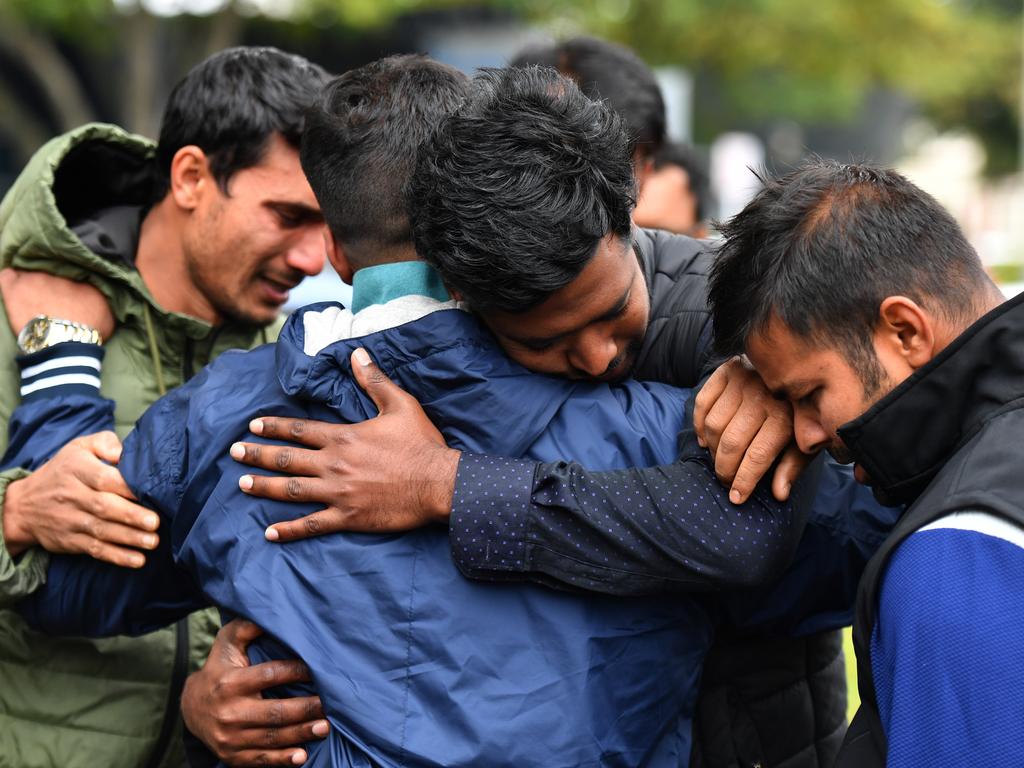
Crime rates are relatively low overall. Police reported a rate of seven deaths for every one million people from 2017-2018, and the country’s murder rate fell to a 40-year low.
The country’s deadliest massacre before Friday came in 1990, when David Gray gunned down 13 people in the South Island town of Aramoana using two military style semiautomatic rifles.
New Zealand tightened its gun laws following the attack, but never adopted the strictest regulations.
‘THEY PAY THEIR $25, THEY GET A LICENCE’
The nation was warned about the dangerous loopholes in its firearms regulations numerous times, with retired judge Sir Thomas Thorp delivering a review on gun control 22 years ago.
Sir Thomas recommended banning military-style semiautomatic (MSSA) weapons and creating a buyback scheme similar to the one Australia’s Howard government implemented in response to the Port Arthur Massacre.
He told the government to limit the magazine capacity of other semiautomatic weapons and pump-action shotguns, maintain a registry of gun owners, and force them to renew their licenses every three years.
Sir Thomas also wanted to tighten the process for granting gun licences and improve the police force’s vetting of potential firearm owners.
Few of his recommendations were implemented. Repeated attempts to pass tighter gun laws in 1999, 2005, 2012 and 2017 were curtailed under pressure from the gun lobby.
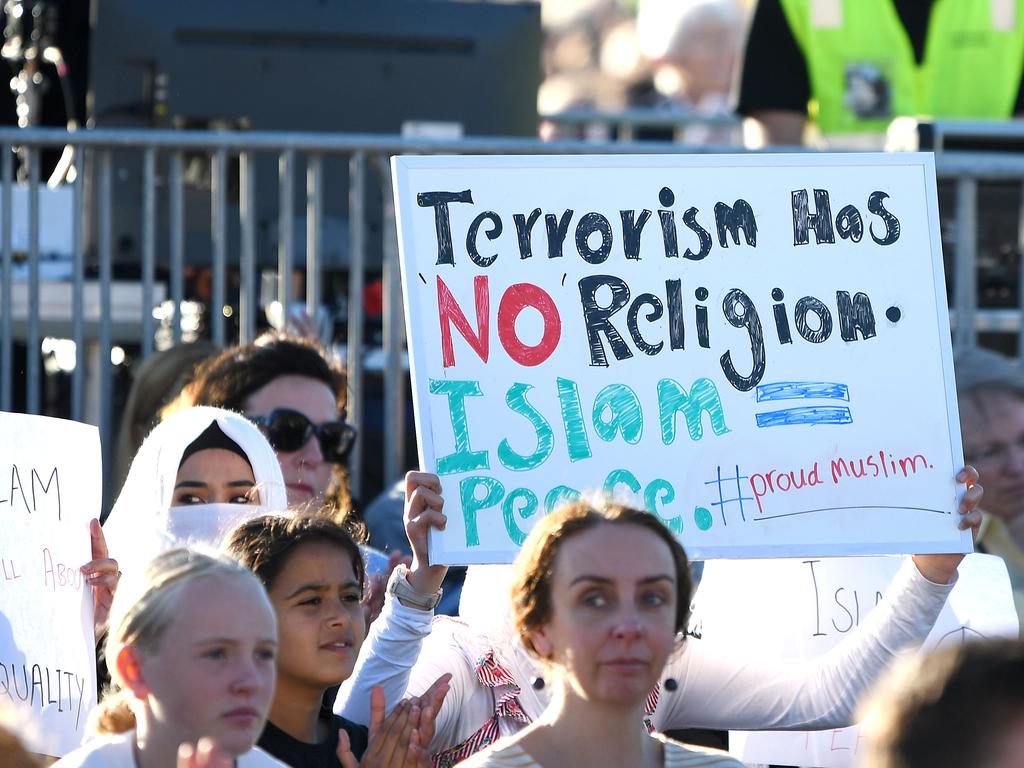
The NZ Herald reported former assistant police commissioner Nick Perry told MPs at a committee hearing it was too easy for foreigners to enter the country and immediately purchase a gun licence. “They pay their $25, they get a licence,” Mr Perry said. “So I could paint a scenario where ISIS, for example, being stymied in Europe are looking for softer targets.
“If they did a little bit of spadework, they’d find out how easy it is to get into New Zealand, how easy it is to get a firearms licence, how easy it is to purchase high-capacity assault rifles.”
Mr Perry also highlighted how simple it was for anyone to obtain high-capacity magazines online, making their weapons even more deadly.
WHAT ARE NEW ZEALAND’S GUN LAWS?
Anyone over 16 can apply for a New Zealand firearms licence, which is valid for 10 years after they complete a safety course and a police background check.
Common rifles and shotguns do not need to be registered, but assault-style semiautomatic rifles such as those used in Friday’s attack — and other types of restricted firearms — do.
There are stricter regulations around owning these weapons, including more background checks, disabling weapons when not in use and obtaining a special police permit and collector’s licence for a fully automatic weapon.
But police and firearms experts have pointed to several loopholes allowing owners to bypass registration of semiautomatics.
It is illegal in New Zealand to openly carry a firearm in plain view in a public space and to carry a concealed firearm in a public space.
There have also been calls to arm New Zealand police, who do not typically carry firearms and rely on backup from specialist squads.
— With wires





